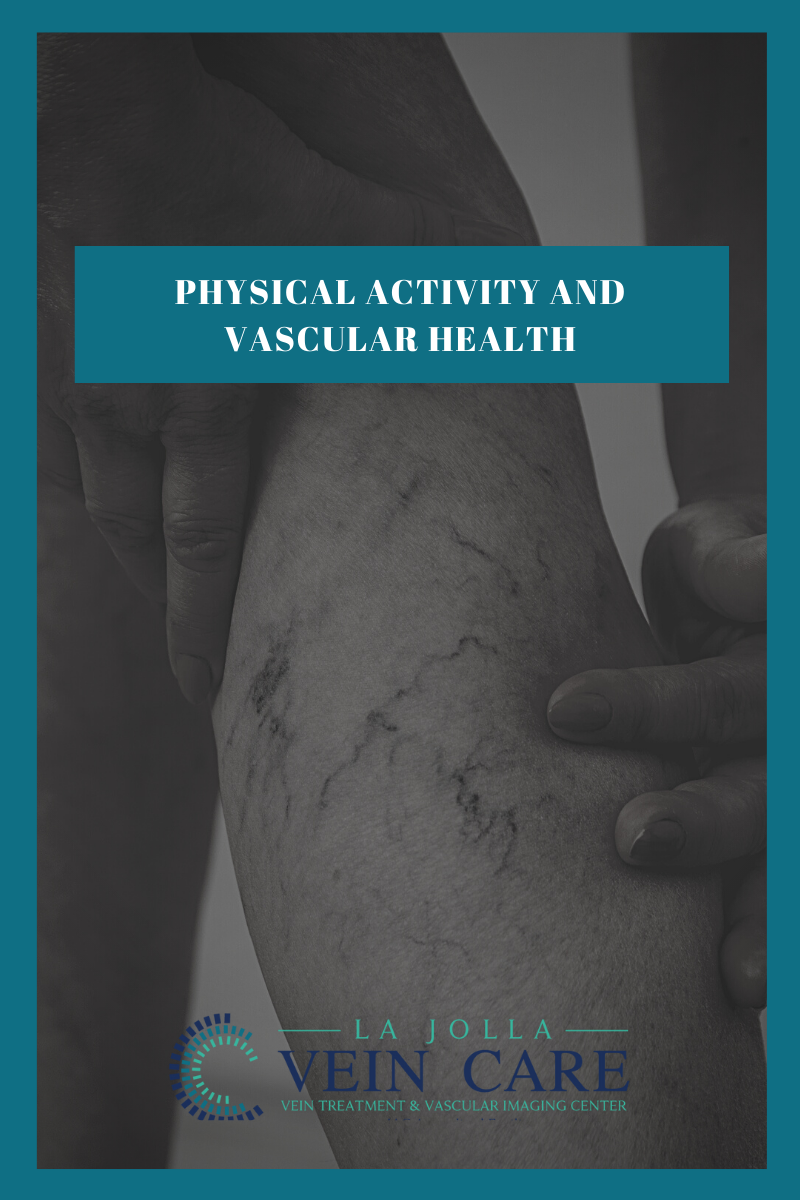Physical Activity and Vascular Health

Physical activity helps to burn calories, increase the heart rate, and keep blood flowing at a healthy rate. All of these contribute to vascular health.
If your doctor has diagnosed you with vascular disease, or if you have concerns about your vascular health, starting some good habits can help keep vascular complications at bay. Daily exercise has been found to have a significant positive effect on vascular health, along with other good lifestyle choices, such as not smoking, eating heart-friendly foods and maintaining a healthy body weight.
Your Vascular Health
Exercise can impact several artery diseases. A regular exercise routine may reduce the risk of stroke, the fourth leading cause of death in America according to the CDC’s 2010 National Vital Statistics Report. In 2010, 137,000 Americans died of stroke. Studies show that patients with peripheral arterial disease (PAD) may be successfully treated with exercise therapy and possibly avoid interventions. Regular exercise also decreases the growth rate of abdominal aortic aneurysms (AAA), research has found.
The United States Centers for Disease Control and Prevention (CDC) recommends 150 minutes of physical activity per week for adults ages 18 to 64. The activity can be a combination of moderate intensity aerobics and strength training, and should continue for at least 10 minutes at a time.
Moderate-intensity aerobic activities that increase the heart rate and cause sweating which are great for vascular health:
- Riding a bicycle at a casual pace
- Playing doubles tennis
- Actively playing with children
- Mowing the lawn
- Gardening, raking, or bagging leaves
- Light snow shoveling
- Water aerobics
- Ballroom dancing
Vigorous activity that increase the heart rate that are great for vascular health:
- Hiking uphill or with a heavy backpack, race walking, jogging, running
- Riding a bicycle fast or riding hills, more than 10 miles/hr
- Rollerblading / inline skating at a brisk pace
- Playing basketball, football, soccer, etc.
- Cross-country skiing
- Jumping rope
- Aerobic dancing
- Heavy gardening continuous digging and hoeing
- Swimming laps
- Playing singles tennis
Twice weekly strengthening activities include:
- Sit-ups, push-ups
- Weight lifting
- Heavy gardening such as digging and shoveling
- Yoga
The lack of regular physical activity results in 250,000 deaths annually, according to a 2003 report in the medical journal, Circulation. People who are the least physically fit have a mortality risk 4.5 times higher than physically fit people.
To add physical activity into your daily schedule:
- Select enjoyable activities
- Work out with a friend
- Encourage family members to participate
- Measure progress through a daily exercise journal
Physical activity is not just good for your veins and arteries, just about every part of your body can benefit. According to the CDC, exercise also helps your vascular health and in addition helps:
- Maintain healthy weight
- Reduce the risk of cardiovascular disease; can lower blood pressure and improve cholesterol levels
- Reduce the risk for type 2 diabetes; can help control glucose levels
- Reduce the risk of colon and breast cancer
- Strengthen bones and muscles – can increase or build muscle mass and strength; can slow the loss of bone density that comes with age; can help with arthritis and other joint conditions
- Keep thinking, learning, and judgment skills sharp
- Reduce the symptoms of depression and anxiety
- Improve the ability to complete daily activities and prevent falls for older adults
- Increase the chances of living longer by reducing the risk of dying from heart disease and some cancers





